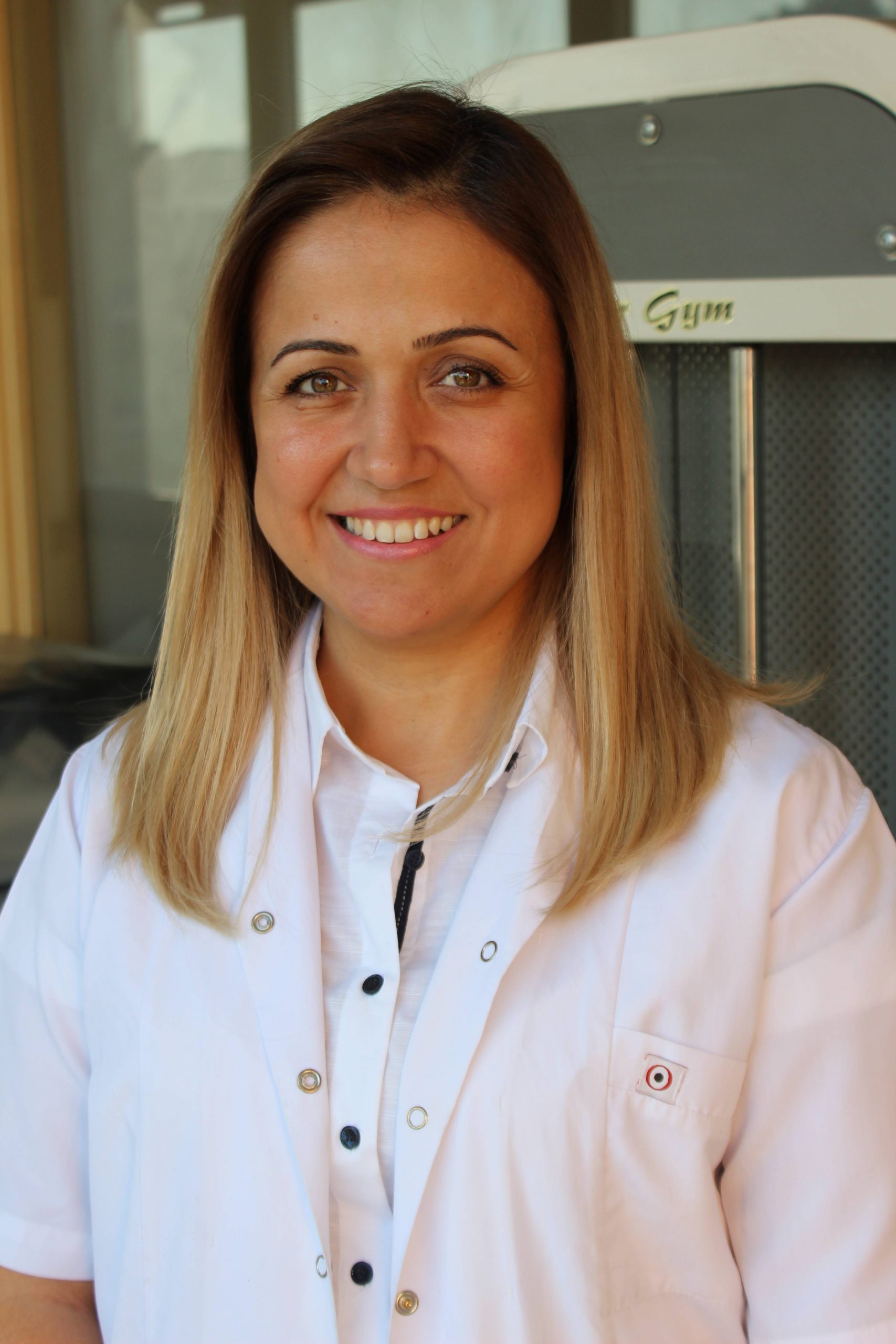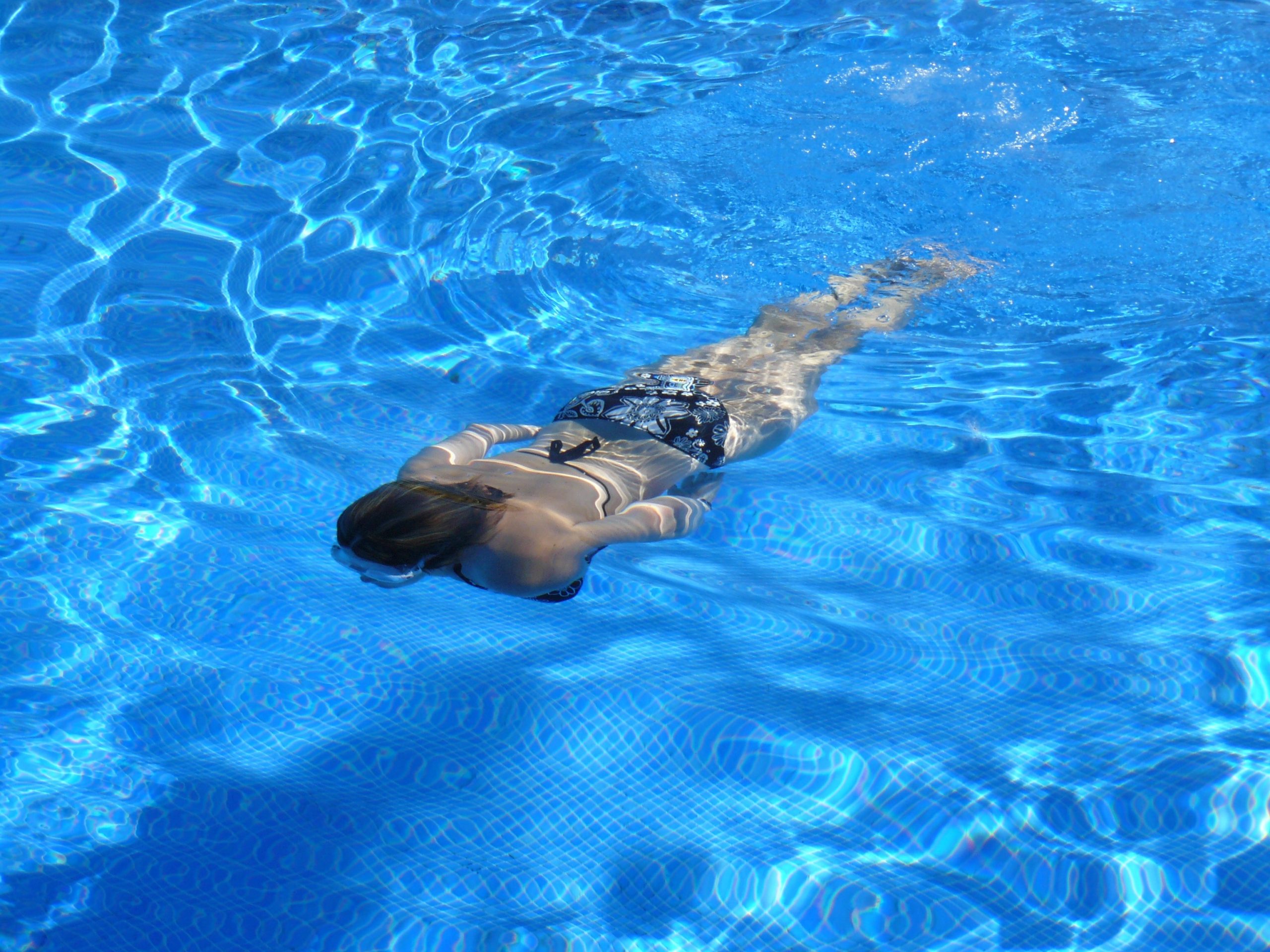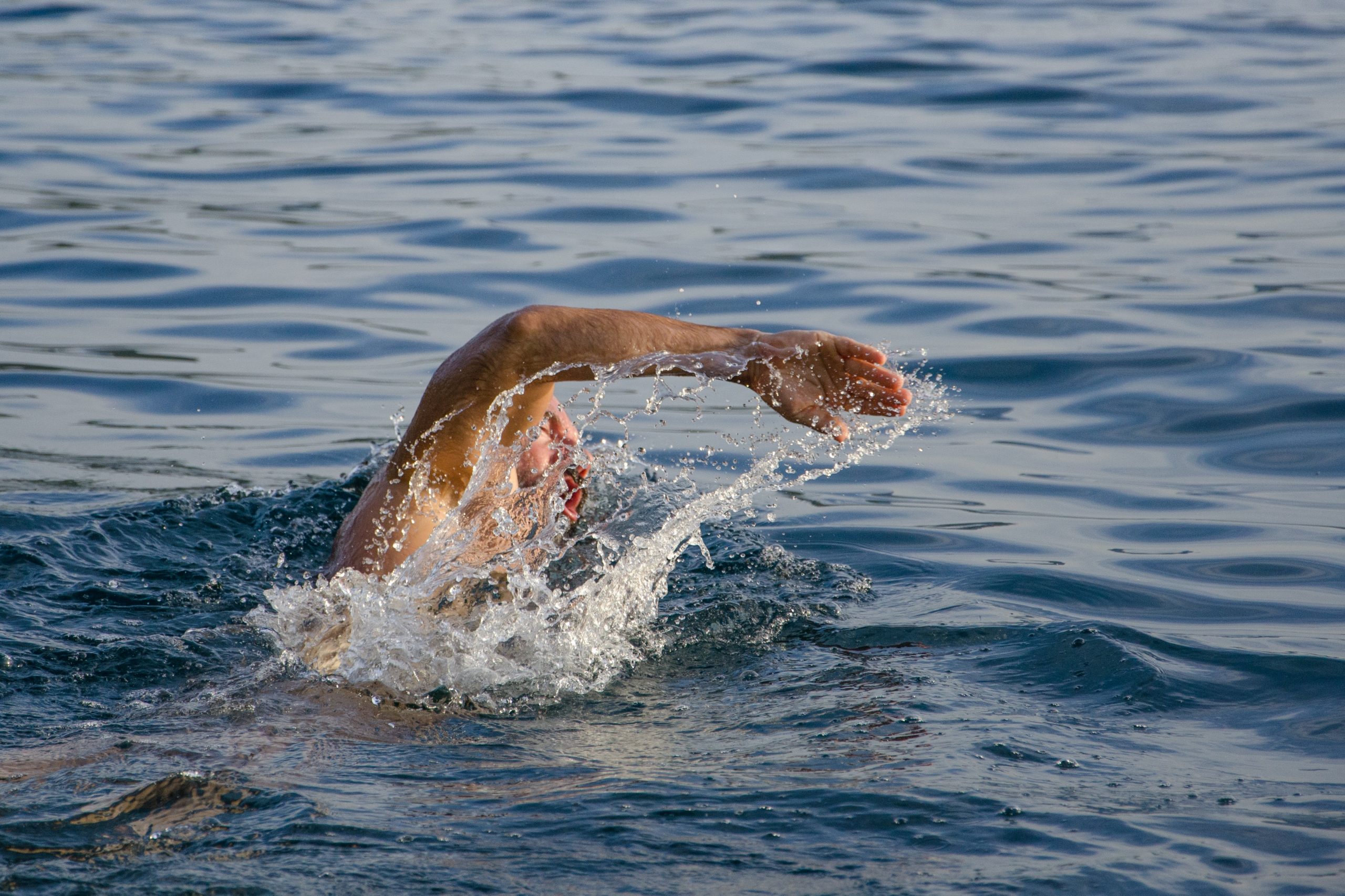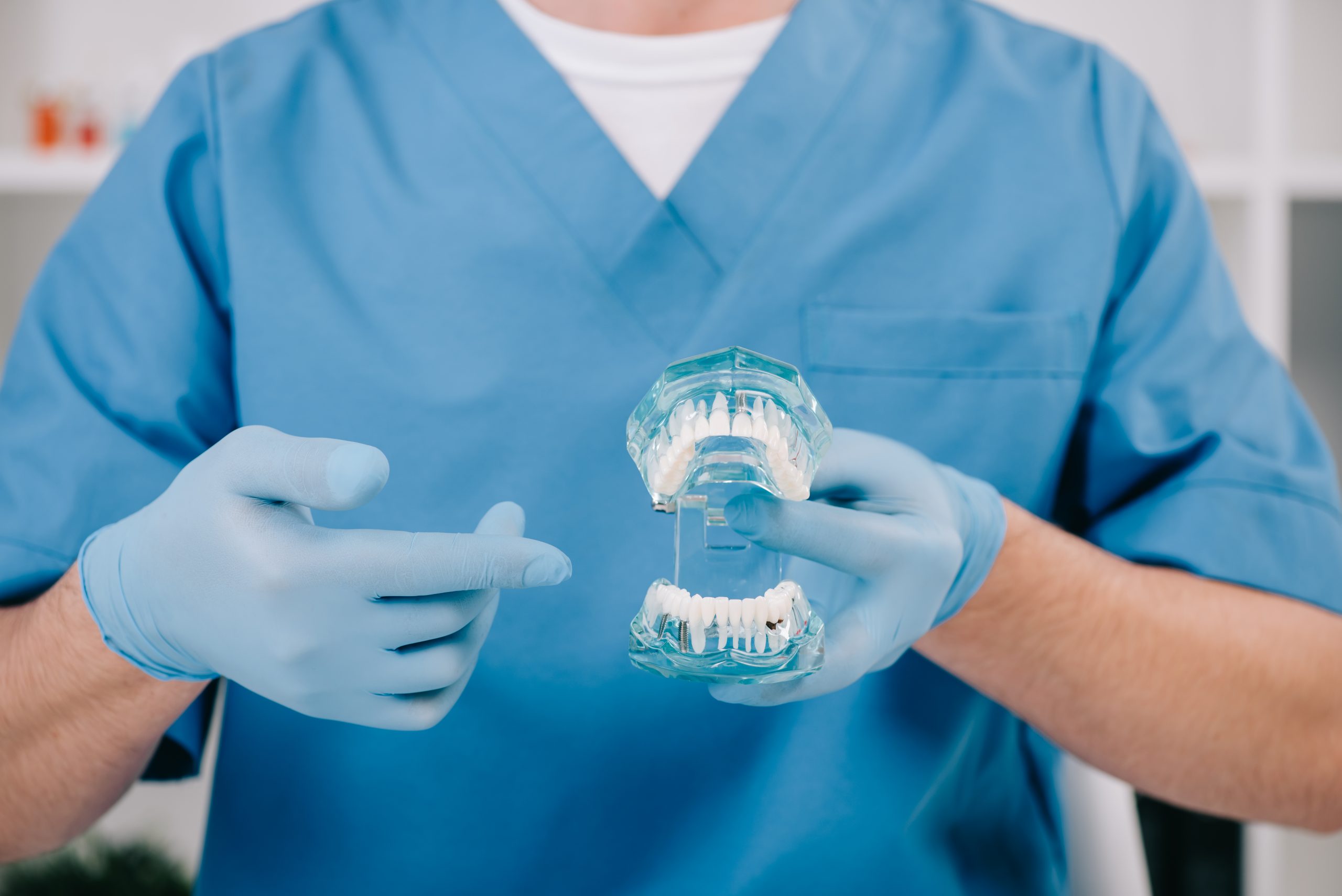Swimming is a sport that works the whole body. In addition to working the musculoskeletal system, it also ensures the proper functioning of many systems in our body. Especially in spinal problems, back swimming facilitates the strengthening of the muscles around the entire spine and thus the correction of posture, that is, the formation of the correct posture. Physiatrist Leyla Altıntaş, Therapy Sport Center, Physiotherapy, gave information about the benefits of swimming, and said:

1-Accelerates blood circulation.
2- It strengthens the immune system.
3-Balances cholesterol.
4-It ensures the regular functioning of the metabolism.
5-It facilitates weight loss.
6-Strengthens the musculoskeletal system.
7-It increases the balance and coordination of the body.
8-Reduces the risk of diabetes.
9-Accelerates the digestive system.
10-Increases flexibility.
What are the rules to be observed while swimming?
While doing a sport that is so important for our body, if we do not pay attention to some issues, we can cause permanent damage. There may be those who do swimming for the purpose of cooling, there are those who do it for health or as a hobby, and there are those who do it as professional athletes. For whatever purpose, we should be careful not to harm our body when we say that we will benefit. Physiatrist Leyla Altıntaş talked about the rules to be considered before, during and after swimming:
1-Before you start swimming, attention should be paid to the temperature of the environment.
2-Before swimming, warm-up and flexibility exercises for all body muscles should be done.
3- In swimming, correct techniques should be applied.
4-After swimming, stretching exercises must be done.
 Shoulder problems are most common during swimming
Shoulder problems are most common during swimming
Physiatrist Leyla Altıntaş, who underlined the most common problems encountered during swimming, continued her speech as follows:
“In swimming, shoulder problems are most common, which is due to poor warm-up or improper technique. Muscle and tendon injuries in the shoulder are frequently encountered, in such cases rest, ice and anti-inflammatory treatments can be applied. Muscle strains in the groin area of the legs, knee problems more common in breaststroke swimmers are strains in the inner lateral ligaments of the knee. Again in these problems, the treatment process is in the same way as rest, ice and anti-inflammatory treatments. Back pain may occur in those who practice the butterfly swimming technique. In particular, if the warm-up and cool-down periods are done properly, this problem will also disappear. When the injury occurs, it should not be dealt with, and the necessary time should be given for its recovery. As a result of jumping in shallow seas and pools, serious spine problems can be encountered and even life-threatening risks can be encountered. Spinal fractures are the most common in this case. Depending on the level it is in, it creates different problems. If it occurs in the upper neck vertebrae, serious life risks occur as respiratory problems will accompany the event. At lower levels, it can cause paralysis of body parts. In simpler pictures, it may appear as muscle stiffness and neck hernia. Therefore, it should never be skipped in places where the depth is not sure. In very choppy seas, direct contact of the head with the water should be avoided.”



